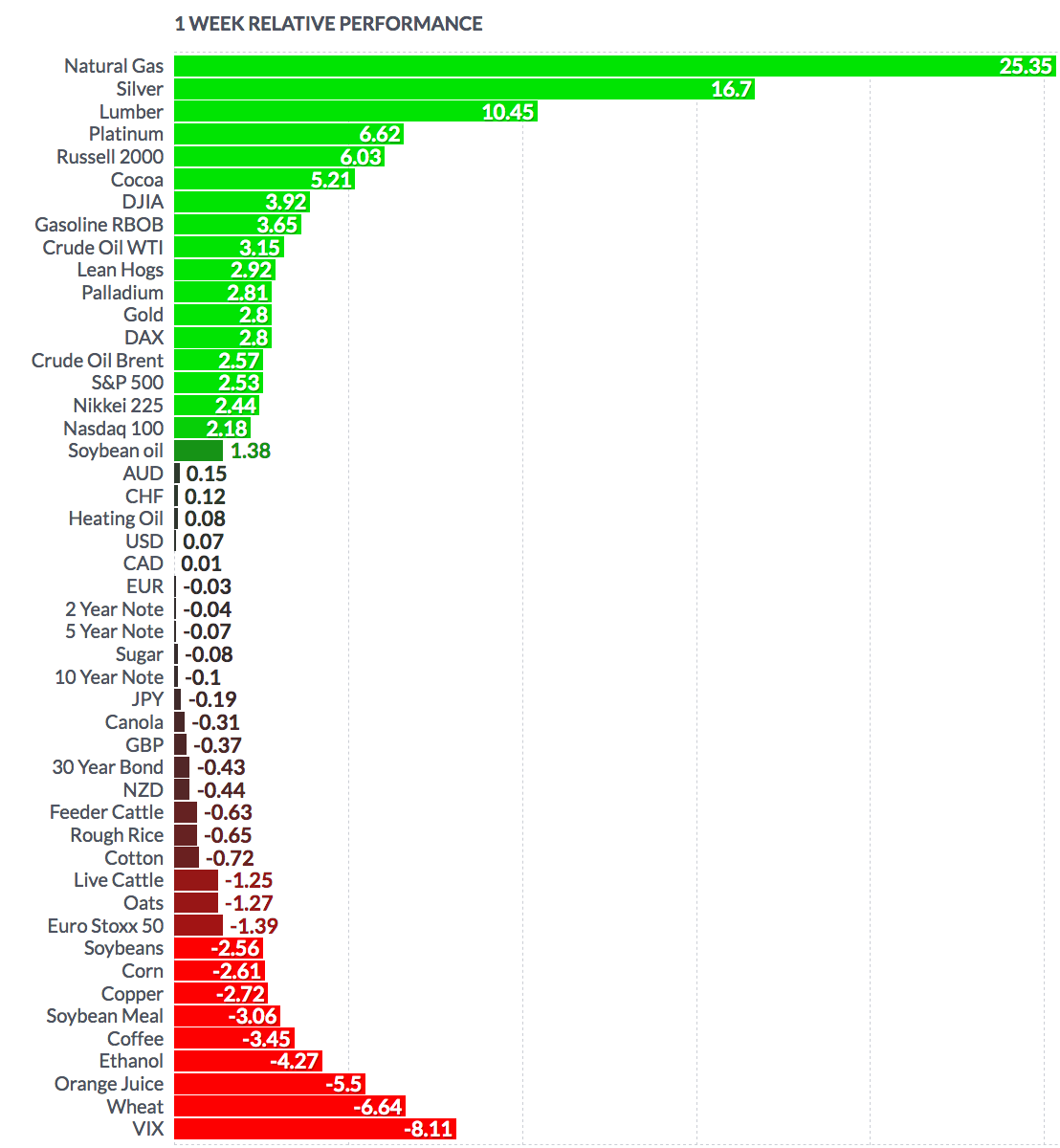Market Indexes:
It was an up week for the market, with all 4 indexes making significant gains, with the small caps leading, as investors were buoyed by the prospect of a new stimulus bill being passed. The market slowed down on Friday, due to the mixed numbers in the July jobs report – slightly more jobs were created than expected, but the amount was far below that of the June jobs report.
The Nasdaq surged to a record high close on Monday as a rebound in multibillion-dollar deals, including Microsoft’s pursuit of TikTok’s U.S. operations lifted sentiment.
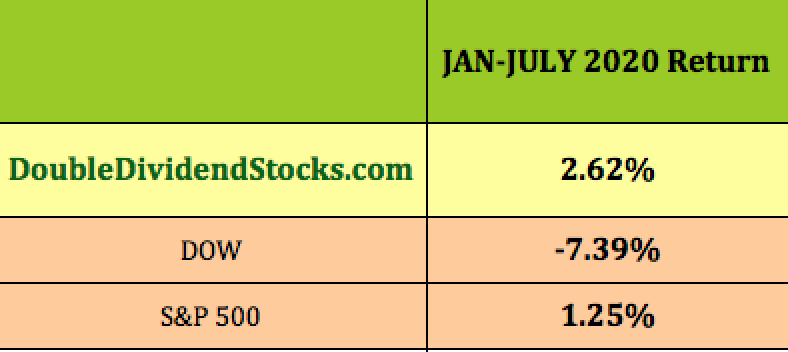
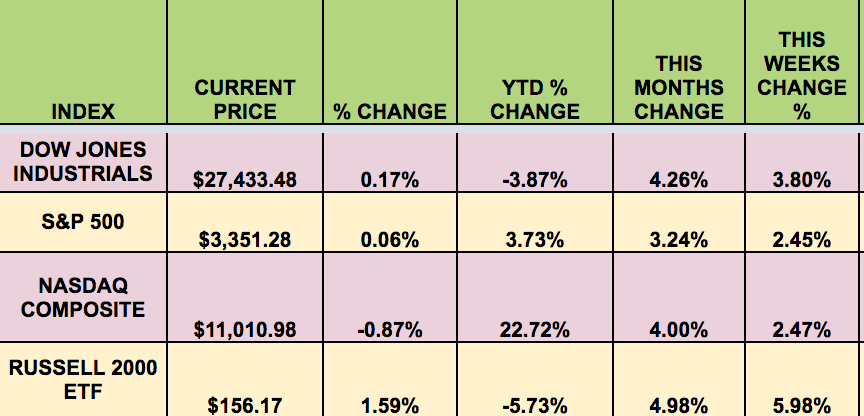
Volatility:
The VIX fell -9% this week, ending at $22.21, vs. $24.46 last week.
High Dividend Stocks:
AHC, BSM, ENB, IP, IVZ, RDSA.A, RDS.B.
Market Breadth:
25 out of 30 DOW stocks rose this week, vs. 10 last week. 66% of the S&P 500 rose, vs. 48% last week.
Forex:
The USD fell vs. the Aussie, Loonie, Euro and Swiss Franc, and rose vs. the Yen, Pound, and NZ$. The US was cut to a negative outlook by Fitch’s rating agency.
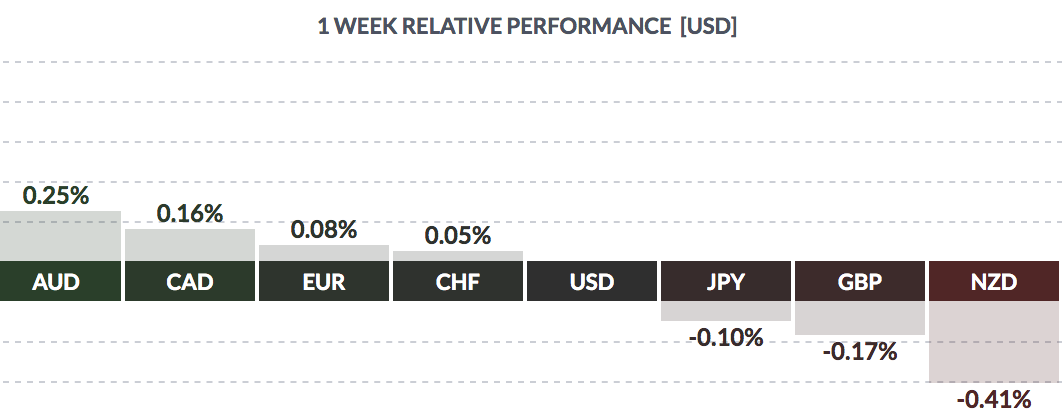
Economic News:
Claims for jobless benefits have risen for 2 straight weeks. At least 30.2 million Americans were receiving unemployment checks in early July.
“U.S. employment growth slowed considerably in July, underscoring an urgent need for additional government aid as a resurgence of COVID-19 infections threatens to snuff out the nascent economic recovery.
Non-farm payrolls increased by 1.763 million jobs in July after a record rise of 4.791 million in June.
Excluding government employment which was artificially boosted by a seasonal quirk related to local and state government education, and temporary hiring for the 2020 Census, payrolls rose 1.462 million, stepping down from 4.737 million in June.
The Unemployment Rate eased to 10.2%, vs. 11.1% in June, but remains at a very high level.
The US economy has regained only 9.3 million of 22 million jobs lost between February and April.
Economists believe July was probably the last month of employment gains related to the rehiring of workers after the reopening of businesses. A $600 weekly unemployment benefit supplement, which made up 20% of personal income, expired last Friday. Thousands of businesses have exhausted loans offered by the government to help with wages, which economists estimate saved around 1.3 million jobs at the program’s peak.” (Reuters)
“U.S. private payrolls growth slowed sharply in July, pointing to a loss of momentum in the labor market and overall economic recovery as new COVID-19 infections spread across the country. Economists polled by Reuters had forecast private payrolls increasing by 1.5 million in July.” (Reuters)
“The U.S. economy, battered by a resurgence in the spread of COVID-19, needs increased government spending to tide over households and businesses and broader use of masks to better control the virus, U.S. central bankers said on Monday. The calls for increased government intervention came as U.S. lawmakers and the White House resumed talks on a new government relief package, including a possible extension of unemployment benefits that expired on Friday.
“The ball is in Congress’ court,” Chicago Fed President Charles Evans told reporters on a call. “Fiscal policy is fundamental to a better baseline outlook, to a stronger recovery and getting the unemployment rate down, people back to work safely, and ultimately reopening the schools safely.”
Without more government aid, Evans said, “aggregate demand trouble is brewing.” Translated for non-economists: people could stop spending and the bottom could really fall out of the economy.” (Reuters)
“New orders for U.S.-made goods increased more than expected in June, suggesting the manufacturing sector was regaining its footing, though rising COVID-19 cases threaten the tentative recovery. Factory orders rose 6.2% in June, boosted by a surge in demand for motor vehicles, after rebounding 7.7% in May. Despite the second straight monthly gain, orders remained well below their February level.
Many manufacturers, however, said demand was weak or slow, and that they were laying off workers. A significant improvement in both demand and factory activity is unlikely because of sky-rocketing coronavirus cases, especially in the densely populated South and West regions where authorities in hard-hit areas are closing businesses again and pausing reopenings.” (Reuters)
“U.S. services industry activity gained momentum in July as new orders jumped to a record high, but hiring declined, supporting views that the labor market recovery was faltering amid a resurgence in new COVID-19 infections across the country. The ISM said its non-manufacturing activity index increased to a reading of 58.1 in July, the highest since March 2019, from 57.1 in June. The index slumped to 41.8 in April, which was the lowest reading since March 2009.” (Reuters)
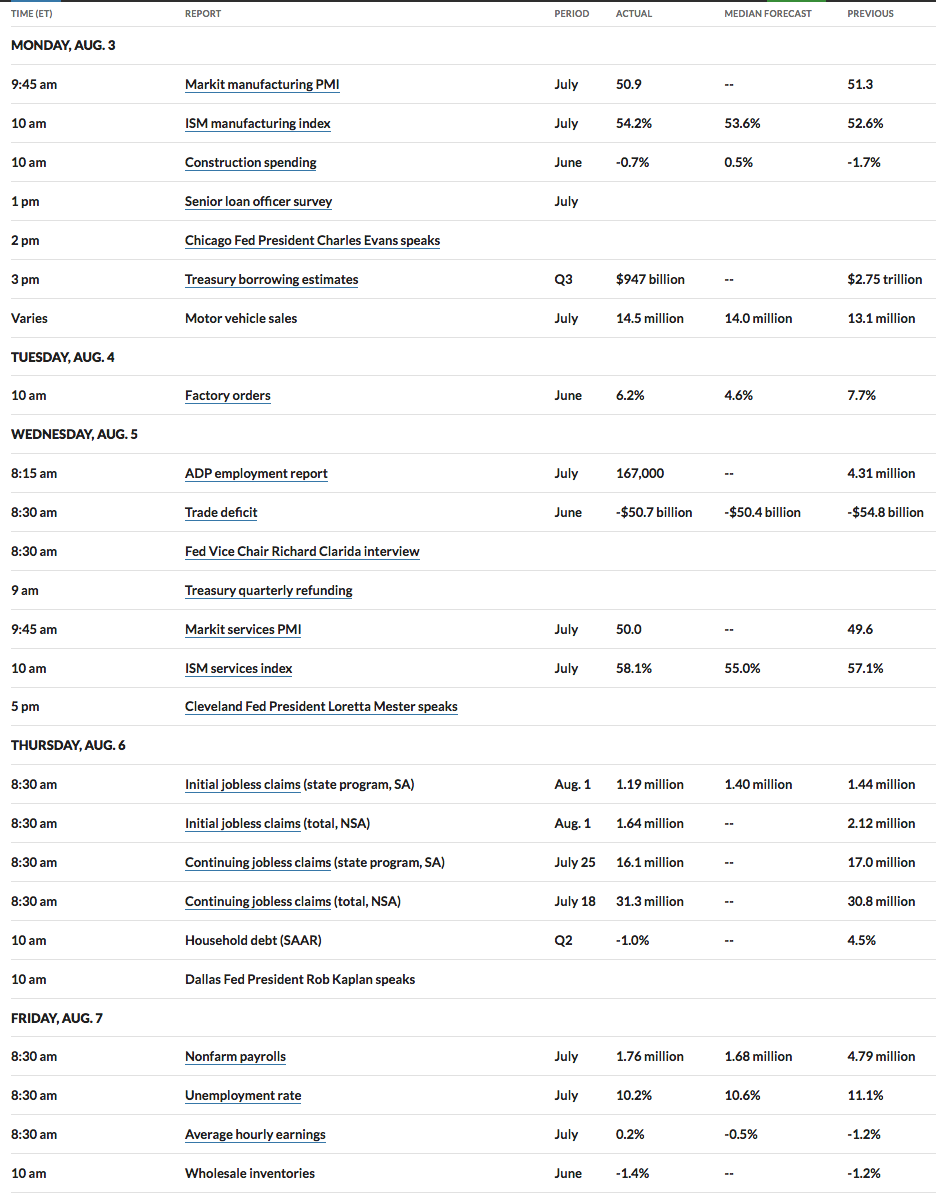
Week Ahead Highlights:
There will be fewer earnings reports next week, as the Q2 earnings season slows its pace – Cisco (NASDAQ:CSCO) and Walmart (NYSE:WMT) are scheduled to report. The July Retail sales report comes out on Friday, as well as the Consumer Sentiment index.
Next Week’s US Economic Reports:

Sectors:
Industrials and Energy led this week, with Real Estate lagging.
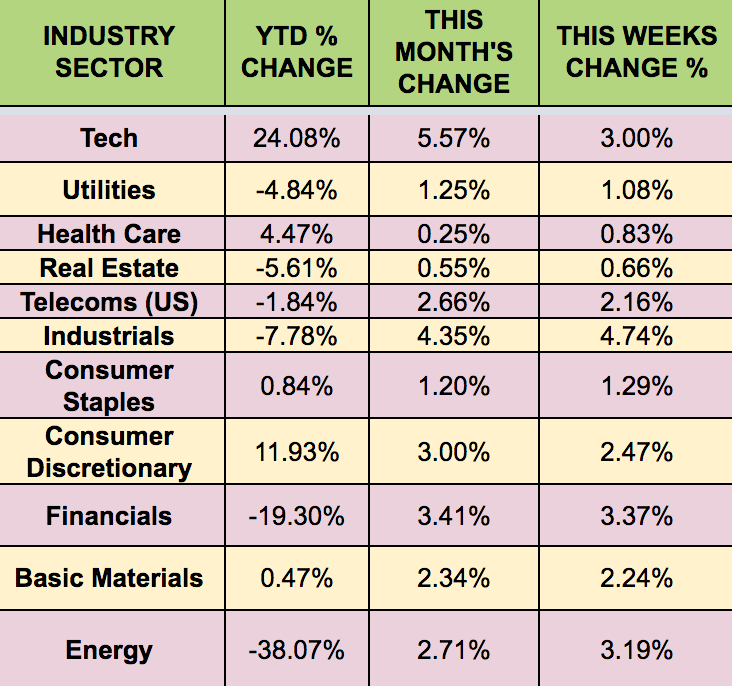
Futures:
Oil rose Wed. on a decline in US stockpiles. WTI rose 3.15% this week, ending at $41.60. Natural Gas had a big week, rising 25%.
